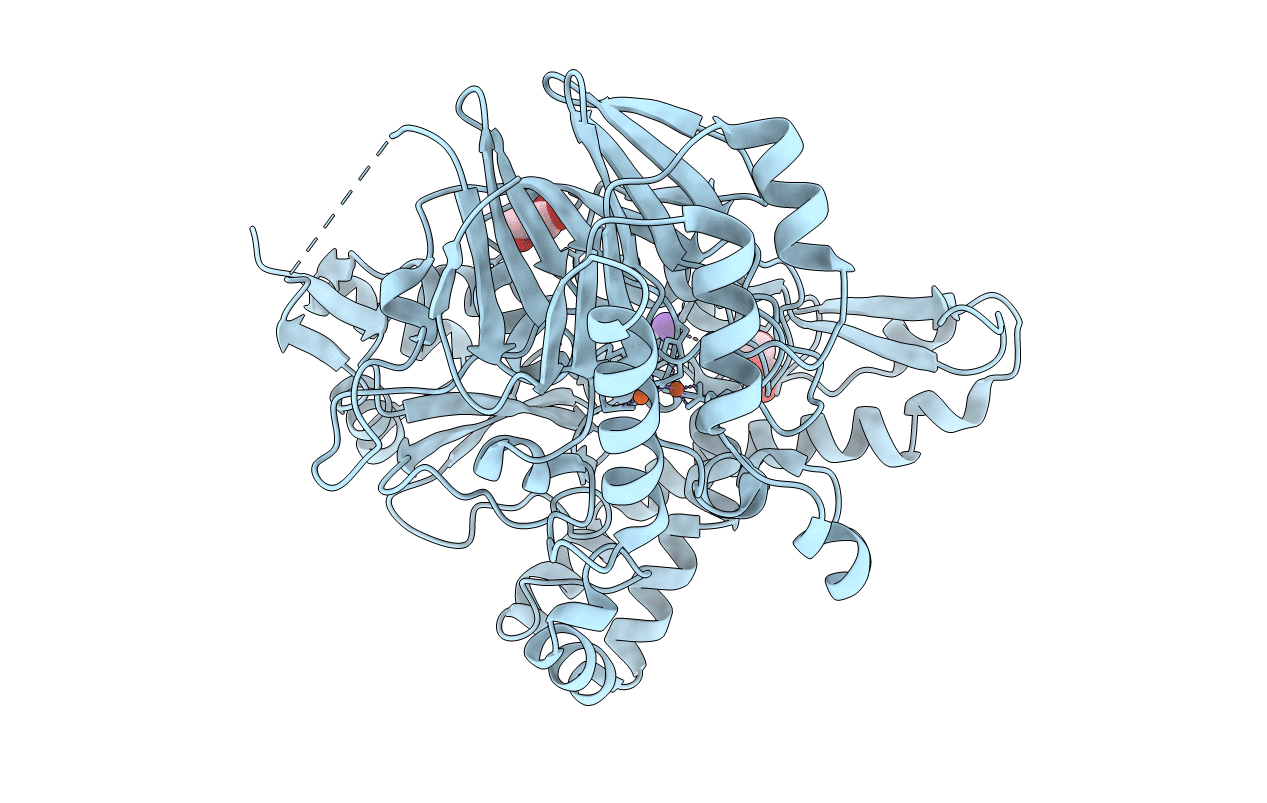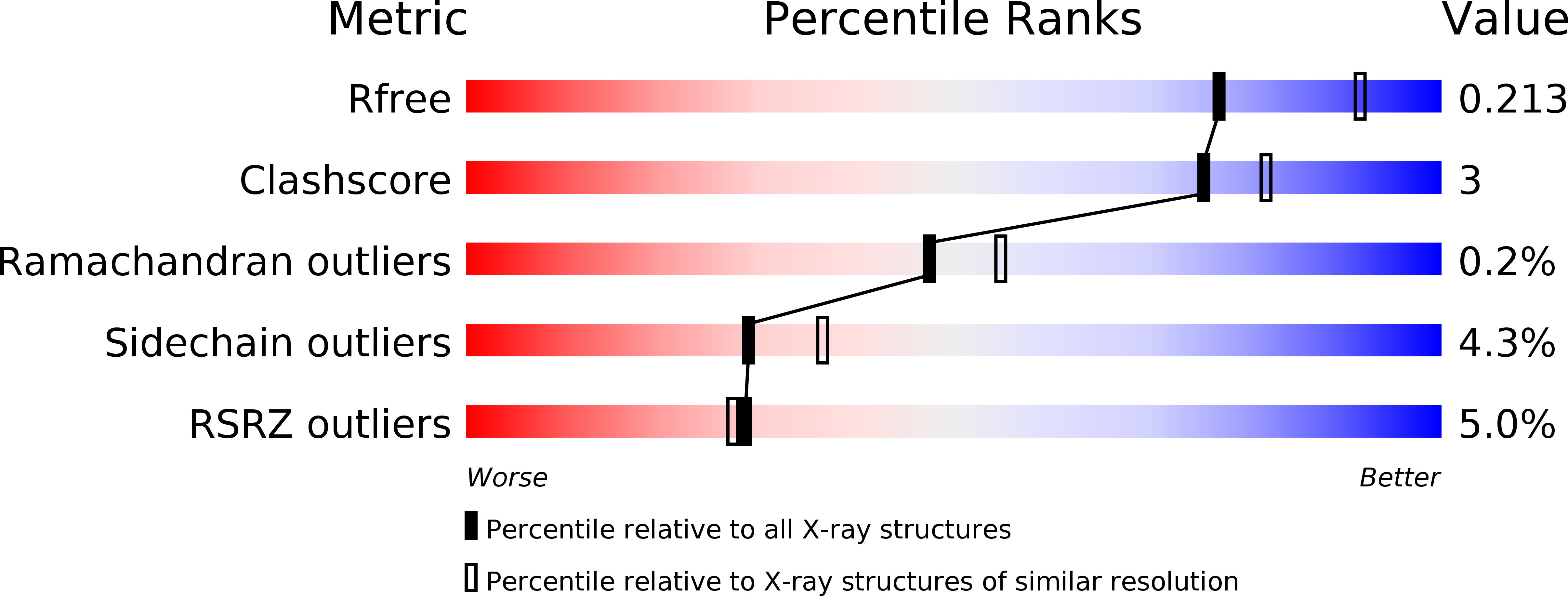
Deposition Date
2016-06-16
Release Date
2017-04-26
Last Version Date
2023-09-27
Entry Detail
PDB ID:
5KIK
Keywords:
Title:
CmlA beta-hydroxylase in chemically reduced diferrous state
Biological Source:
Source Organism:
Host Organism:
Method Details:
Experimental Method:
Resolution:
2.20 Å
R-Value Free:
0.21
R-Value Work:
0.18
R-Value Observed:
0.18
Space Group:
P 43 21 2


